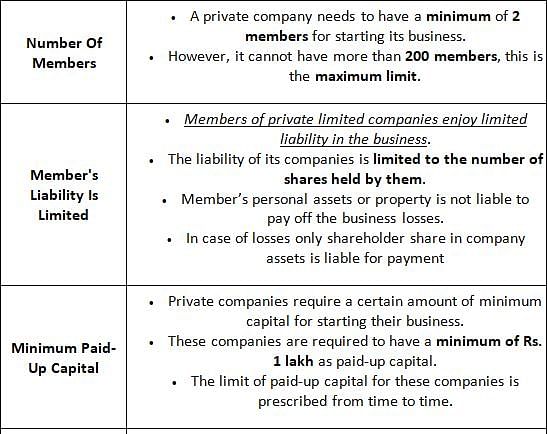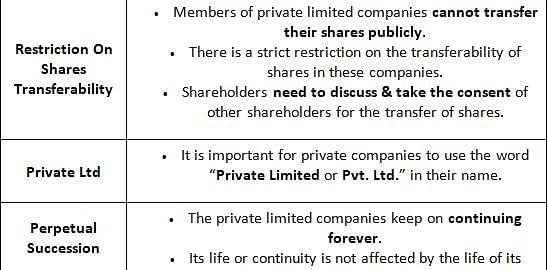TS SET Paper 2 Mock Test - 2 (Commerce) - TS TET MCQ
30 Questions MCQ Test TS SET Mock Test Series 2024 - TS SET Paper 2 Mock Test - 2 (Commerce)
GST does not include all the excise duty carrying goods. Find the non - GST commodities out of the following particulars.
i. High-speed diesel
ii. Aviation Turbine Fuel (ATF)
iii. Petroleum crude
iv. Motor spirit or petrol
Choose the right answer given below:
Which of the following is a permanent inter-governmental body governing and regulating international trade in goods and services?
Match the following according to the codes given below:


Assertion (A): Offering an experiential service has become important in service marketing.
Reasoning (R): The shift from transactional services affirms the need for superior after-sales services and customer-centricity.
Read the following statements :
(i) “Working Capital is the amount of funds necessary to cover the cost of operating the enterprise.”
(ii) “Circulating capital means current assets of a company that are changed in the ordinary course of business from one form to another.”
Generally, the shape of the marginal physical product curve is _______________.
Which of the following does not adversely impact the sustainability of Italy’s debt?
I. The rate offered on the bonds has increased when compared to the past.
II. The current rate offered on bonds is around the average rate of the existing debt.
III. Most of the debt is short to mature in terms of maturity.
Which of the following could be a possible reason for the line- ‘Foreigners are also unlikely to have suffered much direct harm from the fall in bond prices’?
I. Italy’s huge public-debt market gives it a decent weight in global bond indices.
II. Foreign investors have cut their Italian holdings from €473bn to €250bn during the last year.
III. Exposure of banks outside Italy has fallen by almost half since 2009, to €133bn.
Which of the statements below strengthen the argument -‘So far, this adds up to a nasty bout of the jitters rather than full-blown panic’?
I. The bond yields in Italy are still far below the levels reached during the 2011 Euro-zone crisis.
II. The effect of the issue has not impacted other members very hard.
III. The ratings given to many Italian Bank stocks by credit agencies has not changed at all.
Which of the following statements shows that investors were losing confidence in Italy?
I. Its debt hit a level of $2.7 trn, many times above its GDP.
II. Yield on Italian bonds rose in general.
III. Yields on German Bonds fell.
Right to information includes the right to:
1. inspect works, documents, records.
2. take notes, extracts or certified copies of documents or records.
3. take certified samples of material
4. obtain information in forms of printouts, diskettes, floppies, tapes, video cassettes or in any other electronic mode or through printouts.
Choose the correct codes:
Which of the following are the types of E-filling of return?
1. E-filling through e-return intermediary.
2. E-file without digital signature.
3. E-file with digital signature.
Select the correct answer using the codes given below:
Which of the following are true in the context to company law?
A. In case of transfer of shares, stamp duty is essential.
B. For transmission of shares no consideration is necessary.
C. A person cannot be director of more than 30 companies at the same time.
D. 'IPO' stands for Initial Public Obligation.
E. Departmental undertaking is a type of government undertaking.
Choose the correct answer from the options given below:
Select the correct code of the following statements being correct or incorrect.
Statement (I) : The ‘law of one price’ states that in competitive markets free of transportation costs and barriers to trade, identical products sold in different countries must sell for the same price when their price is expressed in terms of the same currency.
Statement (II) : An ‘Efficient market’ has no impediments to the free flow of goods and services, such as trade barriers.
Which is not a characteristic of a non-government company?
X Ltd. purchased land and building worth Rs. 2880000 and in lieu issued debentures of Rs. 100 each at a discount of 4%. The number of debentures issued is-
With reference to SAARC, consider the following statements and select the correct statements from the given codes:
(I) The South Asian Association for Regional Cooperation (SAARC) is the regional intergovernmental organization and geopolitical union of nations in South Asia.
(II) The organization promotes the development of economic and regional integration.
(III) It launched the South Asian Free Trade Area in 2006.
(IV) Its secretariat is based in New Delhi.
Which of the following is true with regard to the method of least squares used in simple regression analysis?
Exchange concept of marketing deals with:
What is the primary reason that Intellectual Capital is considered critical for the success of an organization?
A. It increases the financial capital of the organization.
B. It provides a competitive advantage to the organization.
C. It reduces the operating cost of the organization.
D. It increases the market share of the organization.
Choose the correct answer from the options given below:
Which kind of consumer behavior is spotted when there is significant differences between brands and also there is high involvement?
|
60 tests
|






















